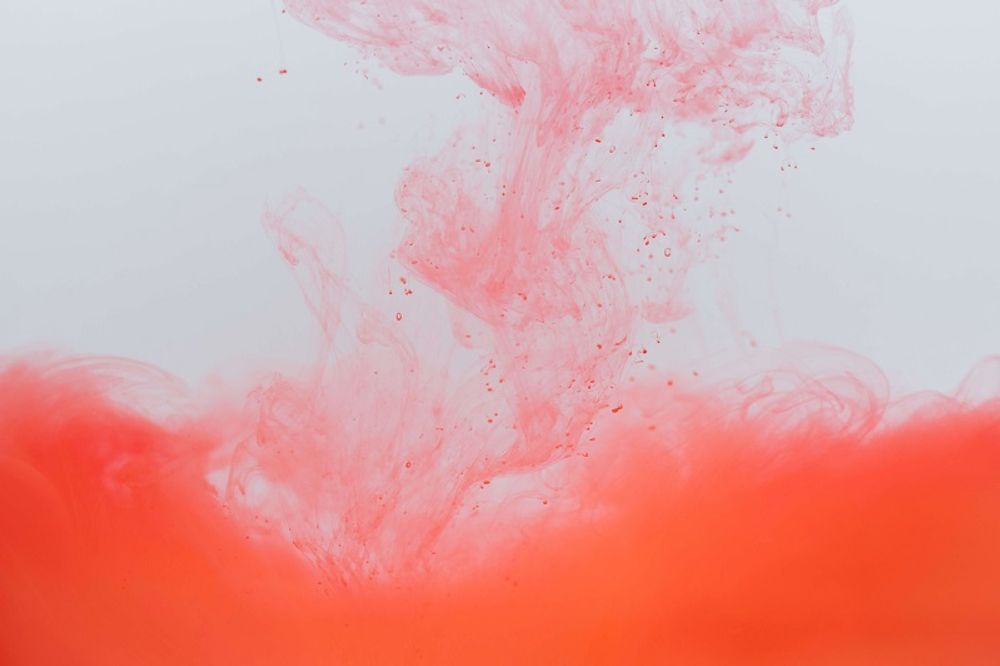 Health
HealthIgG Glycans & High Blood Pressure
By tracking regularly and improving our GlycanAge, we can now reduce the chance of developing hypertension and cardiovascular diseases.

By Prof Gordan Lauc, PhD
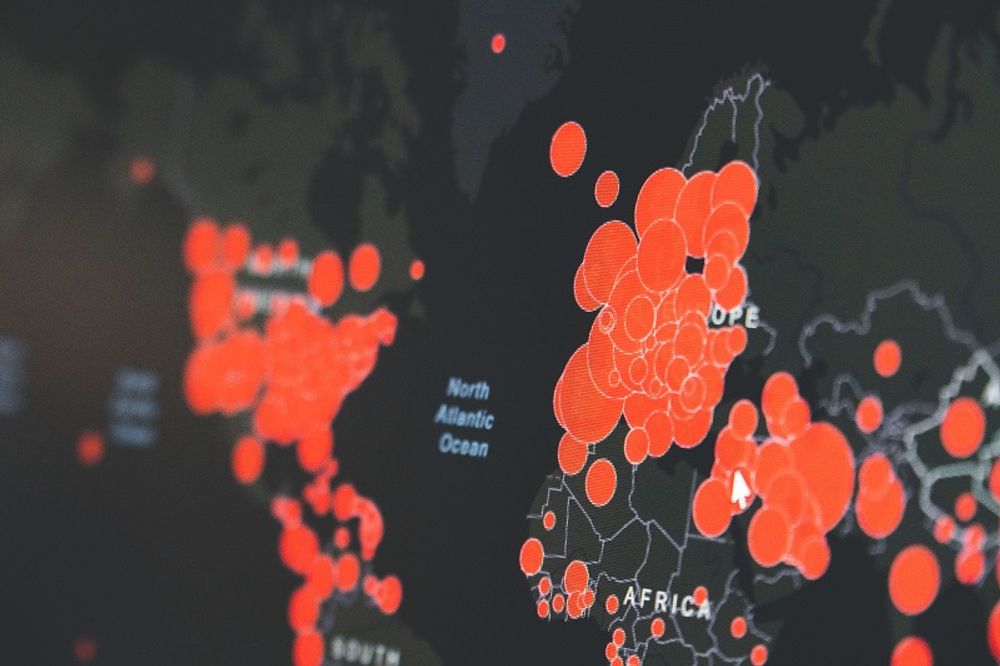
COVID-19 has developed into global pandemics, which we probably cannot stop any more. The virus is not very deadly but is spreading rapidly and can cause collapse of the healthcare system, even in developed countries like Italy. Therefore, we have to do our best to slow the spread of the virus, so that people that require hospital care get infected in a wider time window. This is the responsibility of each and every one of us.
In addition to avoiding social contacts and washing hands often, there is an additional essential protective measure that is frequently forgotten. Our mucosa (a membrane that lines inside of our mouth, nose, all airways, eyes, etc) is protecting our cells with a thick layer of glycans, but it has to be moist to be a functional barrier. Airconditioned spaces (both heated and cooled) generally have very low humidity, which dries out mucosal surfaces and makes them vulnerable to infection.
Since absolute humidity is strongly dependant on temperature, each time we open windows during the winter we lose 1-2 liters of water from an average room. This then dries our mucosal surfaces, which then become porous and do not protect us from viruses anymore. Fortunately, this can be fixed easily either using different humidifiers or by simple boiling of water. However, it is important to note that it is often needed to evaporate at least 3-4 liters of water per day to reach humidity levels of approx. 50% that is needed to keep our mucus flowing and protecting us from viruses and bacteria.
Viruses are our eternal “enemy” and we are fighting this war for millions of years. We lost a couple of battles, but we are still winning the “war” and will also survive this latest outbreak of the virus. Two main weapons in our arsenal for the “war against viruses” are (1) the immune system and (2) glycans. We are all aware of the importance of the immune system, so I will here present some evidence about the importance of glycans.
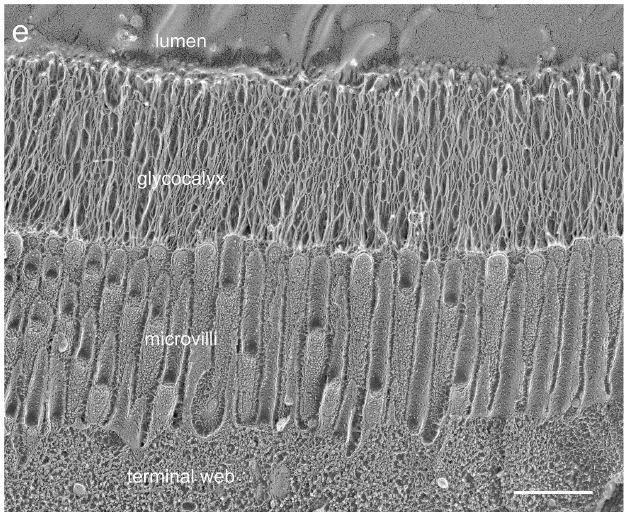 Our cells are protected with a thick layer of glycans (Photo adapted from Sun WW et al, Communication biology 3, 5; 2020)
Our cells are protected with a thick layer of glycans (Photo adapted from Sun WW et al, Communication biology 3, 5; 2020)
As it is clearly shown in the photo above, our cells are covered with a thick layer of glycans (called glycocalyx). Any virus or bacteria that want to infect our cells has to first pass through this glycan shield. Most interactions between us and pathogens involve glycans and inter-individual variation in glycan diversity provides us with the ‘herd innate protection’ (Le Pendu et al, Current Opinion in Virology 88-94, 2014). Mucins secreted to our body fluids represent an important protective mechanism that attenuates viral infectivity (Wheeler et al, Nature Microbiology 4:2146–2154, 2019). However, for this barrier to be functional, it has to maintain a constant flow of mucins that mimic glycans on our cell surface and block infection. If exposed to dry air, these barriers dry out, cracks are forming, and viruses and bacteria have free access to our cells. Animal experiments showed that increasing relative humidity from 20% to 50% can decrease mortality by nearly 50%, indicating that the effect of low humidity is very strong. During the day this can be compensated by frequent drinking of water, but low humidity in places where we sleep can really dry out our mucosa and facilitate the spreading of both viruses and bacteria. This is the most probable cause for seasonal variation in respiratory infections, but also for frequent infections during long haul flights.
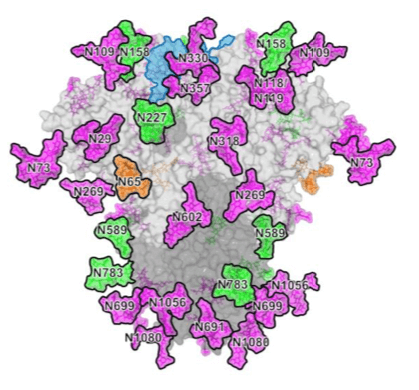 Coronavirus spike Glycoprotein with its numerous glycans on the surface (adapted from Wheeler at al, BioRxiv, 2020)
Coronavirus spike Glycoprotein with its numerous glycans on the surface (adapted from Wheeler at al, BioRxiv, 2020)
Updated on March 21st, 2020
Recent data from China suggest that this is also true for COVID-19, since both higher temperatures and higher relative humidity significantly reduced transmission of the SARS- Cov-2 virus (Wang et al, SSRN, 2020)
Updated on March 24, 2020
An important review article just got published in Annual Reviews of Virology. This is not direct COVID-19 data, but many things can be extrapolated since it considers all respiratory viruses. Key figures from that review are copied below, together with the recommendations on how to limit virus transmission in winter.
The review also lists numerous research papers that demonstrated the efficiency of humidification of air on the reduction of transmission of respiratory viruses:
• Ritzel G. 1966. Sozialmedizinische Erhebungen zur Pathogenese und Prophylaxe von Erkältungskrankheiten. Int. J. Public Health 11:9–16
• 123. Sale CS. 1972. Humidification to reduce respiratory illnesses in nursery school children. South Med. J. 65:882–85
• Green GH. 1974. The effect of indoor relative humidity on absenteeism and colds in schools. ASHRAE Trans. 80:131–41
• Green GH. 1985. Indoor relative humidities in winter and the related absenteeism. ASHRAE Trans. 91:643–56
• Green GH.1982. The positive and negative effects of building humidification.ASHRAE Trans. 88:1049– 61
• Gelperin A. 1973. Humidification and upper respiratory infection incidence. Heating, Piping, Air Conditioning 45:77–78
• Shaman J, Kohn M. 2009. Absolute humidity modulates influenza survival, transmission, and seasonality. PNAS 106:3243–48
• Reiman JM, Das B, Sindberg GM, Urban MD, Hammerlund MEM, et al. 2018. Humidity as a nonpharmaceutical intervention for influenza A. PLOS ONE 13:e0204337
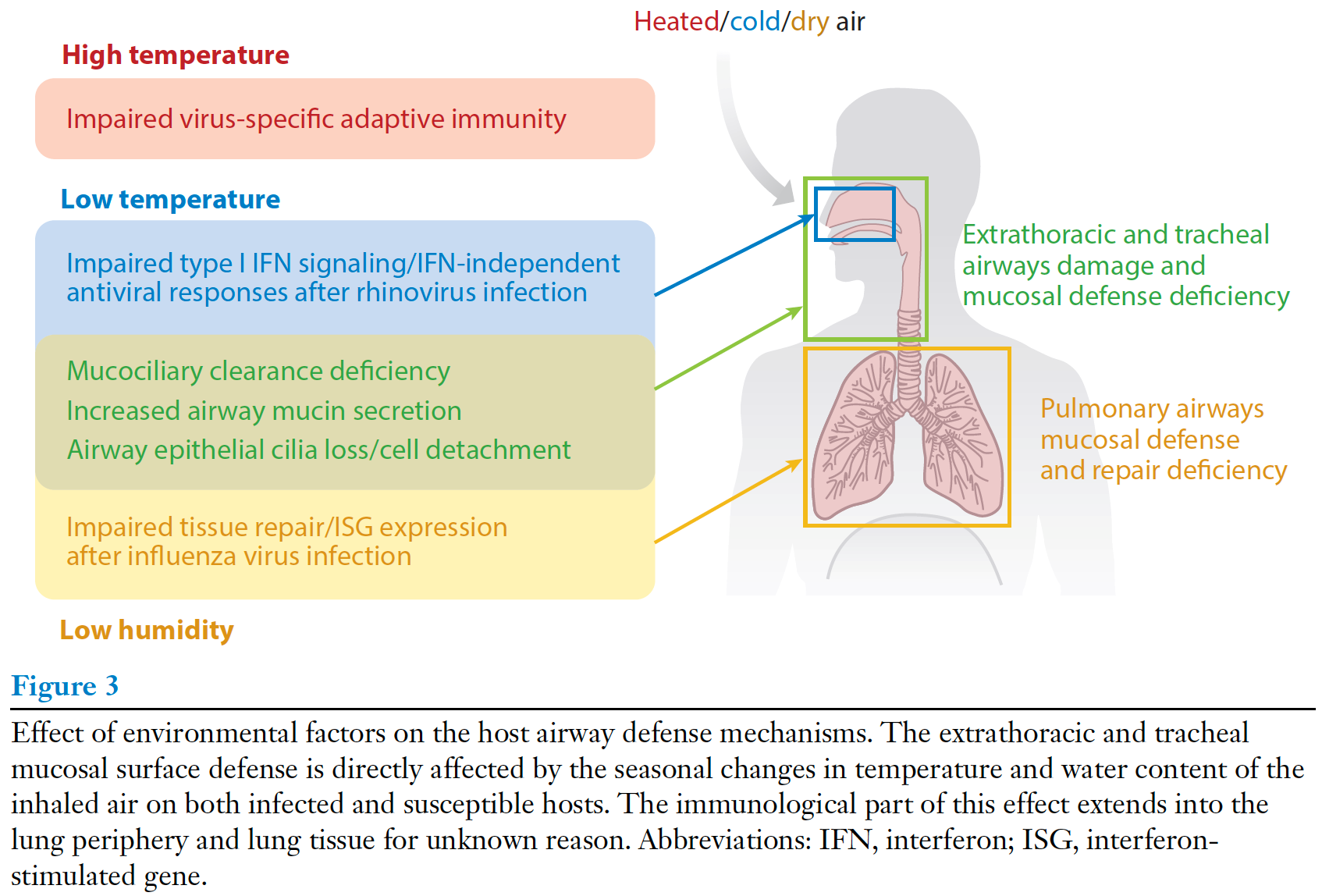
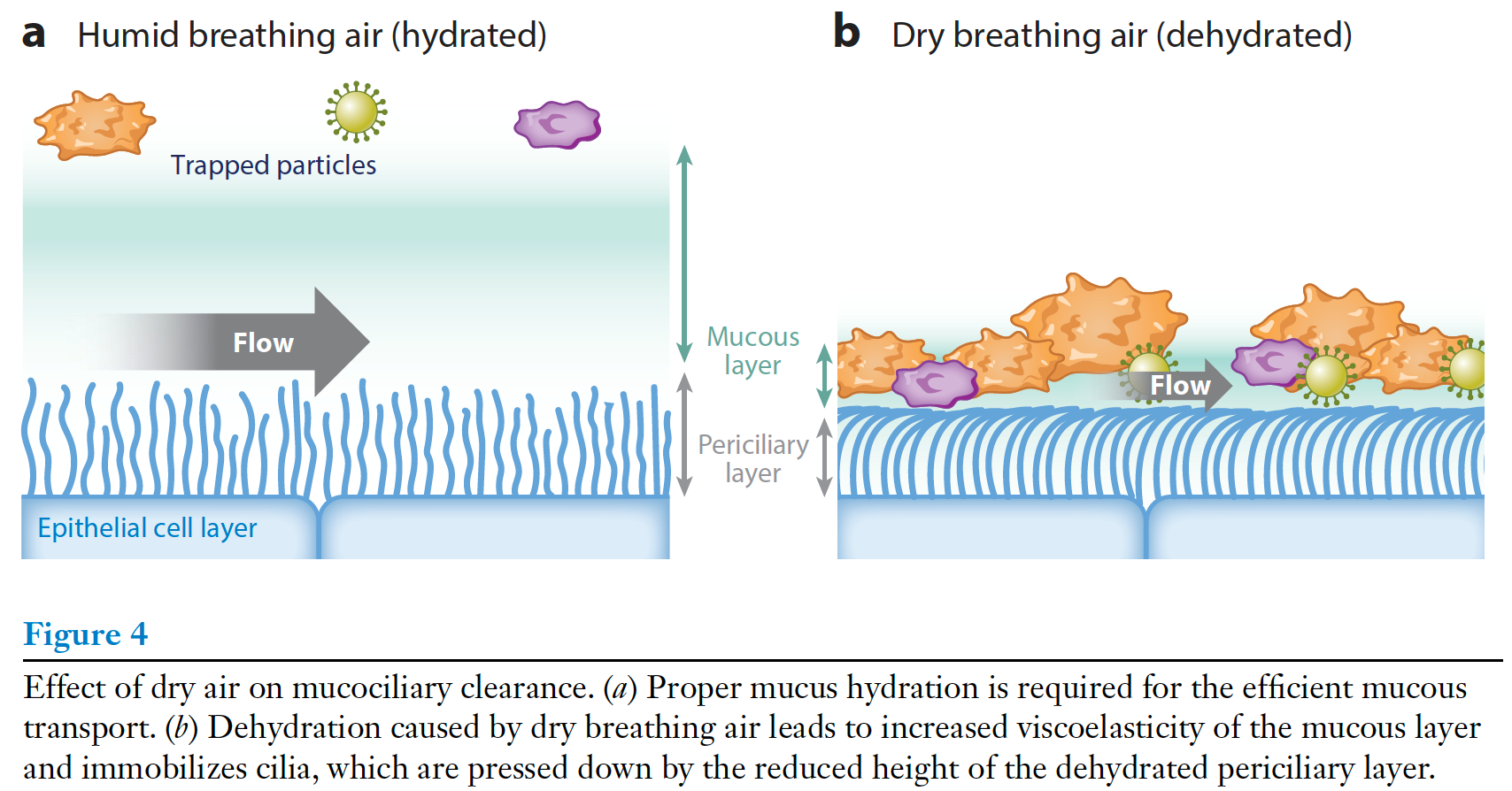


By Prof Gordan Lauc, PhD

Start or continue your GlycanAge journey
Don’t be afraid to reach out to us and ask questions, provide commentary or suggest topics.
Other articles you may like:
 Health
HealthBy tracking regularly and improving our GlycanAge, we can now reduce the chance of developing hypertension and cardiovascular diseases.
Glycans are one of four building blocks of life (alongside proteins, nucleic acids and lipids). They are complex sugars that are involved in almost every process in our body.